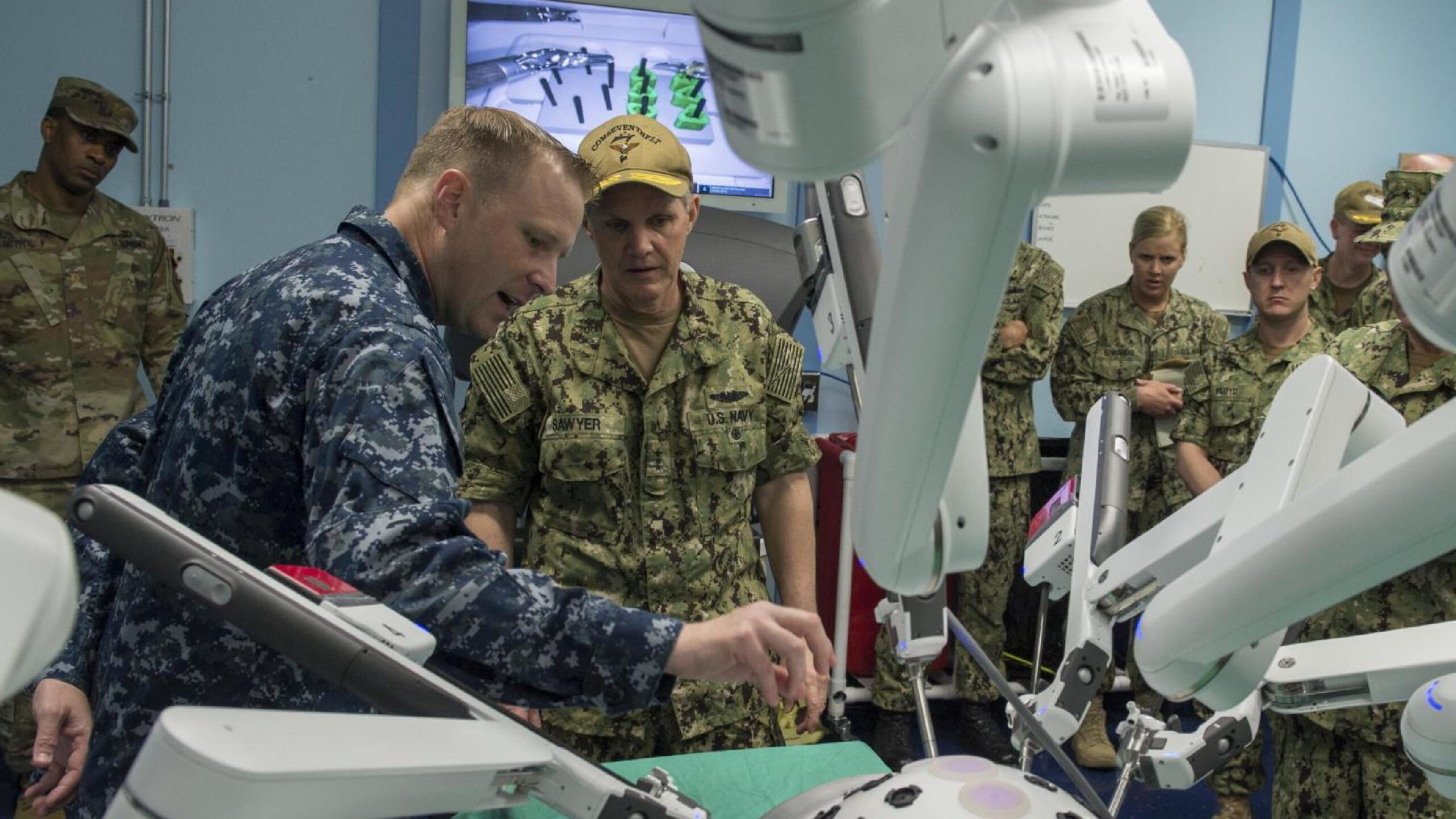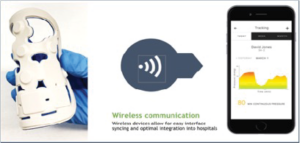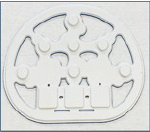
Technology
Addressing costly unmet
medical needs
Multi-Asset technology pipeline
We are a multi-asset company focused on licensing and developing medical devices with a heavy engineering approach – primarily bio- and neuro-sensor technologies – to address costly unmet medical needs.
After combing through hundreds of technologies that potentially address both defense and civilian medical needs, ECHELON has licensed the first three technologies that fit within our organization’s development strengths and which have strong potential for commercialization and eventual acquisition by strategic partners.
Mercury Patch™ Wireless
Pressure Injury Monitor
Mercury Patch™ addresses the massive annual mortality and cost burden to hospitals and LTC facilities from pressure ulcers. Each year, 60,000 people in the US die from pressure ulcers – that’s more deaths than from colorectal cancer. The cost burden of pressure injuries to hospitals is >$20B per year. Those costs are borne by the facility, since CMS has determined that pressure ulcers are events that should never happen and thus will not pay.
Pressure sores can form in less than 2 hours but may not be evident for days, making early detection often impossible. Commonly used risk assessment tools like the Braden scales miss 60% of patients who go on to develop pressure ulcers. Current monitoring technologies that attempt to gather more interactive patient data are ineffective and/or extremely expensive.
There is an unmet need for a less costly, wireless, widely implementable monitoring sensor that can measure and predict pressure ulcer problems before they form, to integrate into nursing protocols for preventative treatment.
Mercury Patch™ is the first and only wireless, flexible, disposable sensor for prediction and prevention of pressure injuries and ulcers. Mercury Patch™ fits easily over the sacral dressing and measures pressure points for patients who are either lying or sitting for long periods of time, including surgical recovery patients, critically ill or long-term care patients, paraplegics and quadriplegics.


AwakeOSA™ Rapid Daytime Diagnostic
Test for Obstructive Sleep Apnea
AwakeOSA™ is a totally new way to quickly detect sleep
disorders, which can negatively affect performance readiness for soldiers, as well as cause or worsen numerous costly chronic comorbid conditions for people with obstructive sleep apnea.
$4B a year is spent on diagnostic tests for obstructive sleep apnea (OSA), but it is estimated that as many as 20M people in the US remain undiagnosed and untreated. Studies have documented the serious comorbid health implications and cost burdens from untreated OSA, including hypertension, diabetes, obesity, stroke, cardiovascular disease, depression, and Alzheimer’s Disease, among others. Sleep disorders are also the #1 cause of lost productivity in the workplace.
There is an unmet need to easily and cost-effectively screen and diagnose people with OSA who will benefit from treatment.
AwakeOSA™ is being developed as the first and only rapid daytime diagnostic test for obstructive sleep apnea.
- Does not require an overnight sleep test
- Records and analyzes breathing sounds in the context of anthropometric data
- Extracts specific tracheal breathing characteristics that are unique to upper airway deformities found in people with moderate-to-severe OSA
ECHELON Product Development Pipeline
Q3/Q4 2025 — AWAKEOSATM RAPID DAYTIME SLEEP TEST
Q2 2026 — MERCURY PATCHTM PRESSURE INJURY MONITOR

